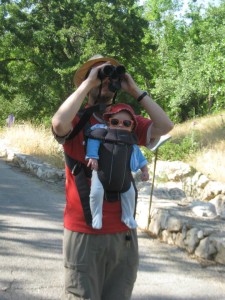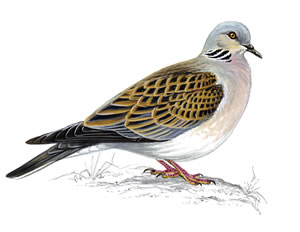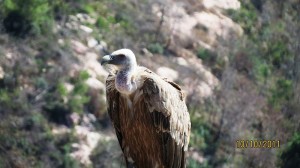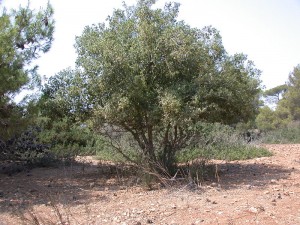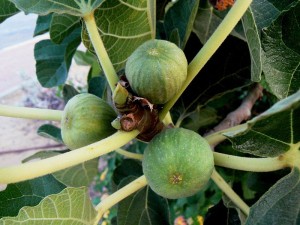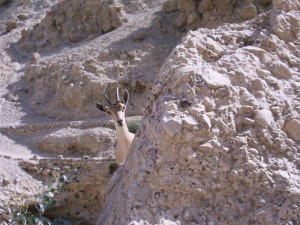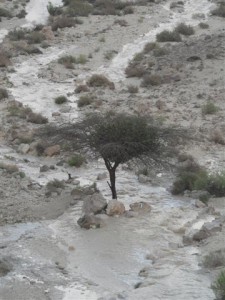
- Flash Flood in the Negev Region in Nahal Geled
“May God Give you the Dew of Heaven and the fat of the land….”(Genesis 27:28)
In this weeks Torah Portion Isaac blesses Jacob with ‘the dew of heaven’. But why did n’t he bless him with the rain of heaven. The 12th and 13th century scholar Nahmanides gives us a clue to our answer.
Dew as opposed to rain.
Nahmanides, in his commentary on the Bible, wrote that dew is more useful because it falls in every place. Dew is condensation caused by a change in temperature causing moisture in the air to precipitate. It happens in both summer and winter and in many different terrains and climates.
Would n’t rain be more useful.
Rain is not always as welcome as dew. Recently it rained very heavily in Jerusalem and the Judean hills causing flash floods and much destruction. The picture above is a flash flood in the Negev desert, flash floods have been known to carry away bridges, trees and top soil. In the winter, before the farmer has sown his seeds, the flash flood is welcome, it waters the ground, fills up cisterns and water reserves and prepares the agricultural community for the season for sowing seeds. In the spring or summer it is a nightmare where the farmer loses his topsoil and the wandering hunter is caught unawares in a dangerous situation.
A Symbol of Universal protection.
The blessing of dew is a symbol of God’s protection in any situation and it forms a covering, just as in the morning the dew covers everything, God is everywhere watching out for us.

